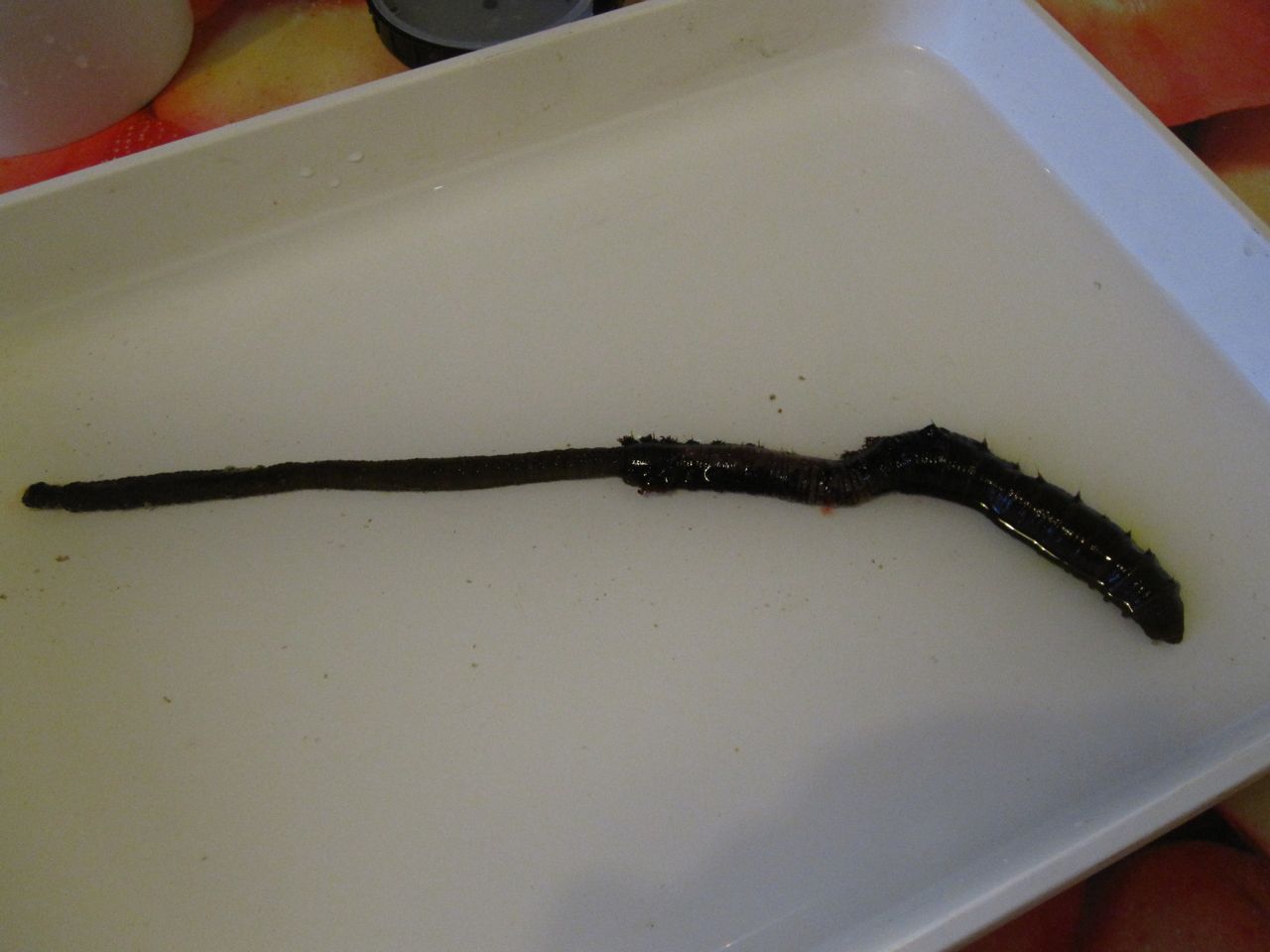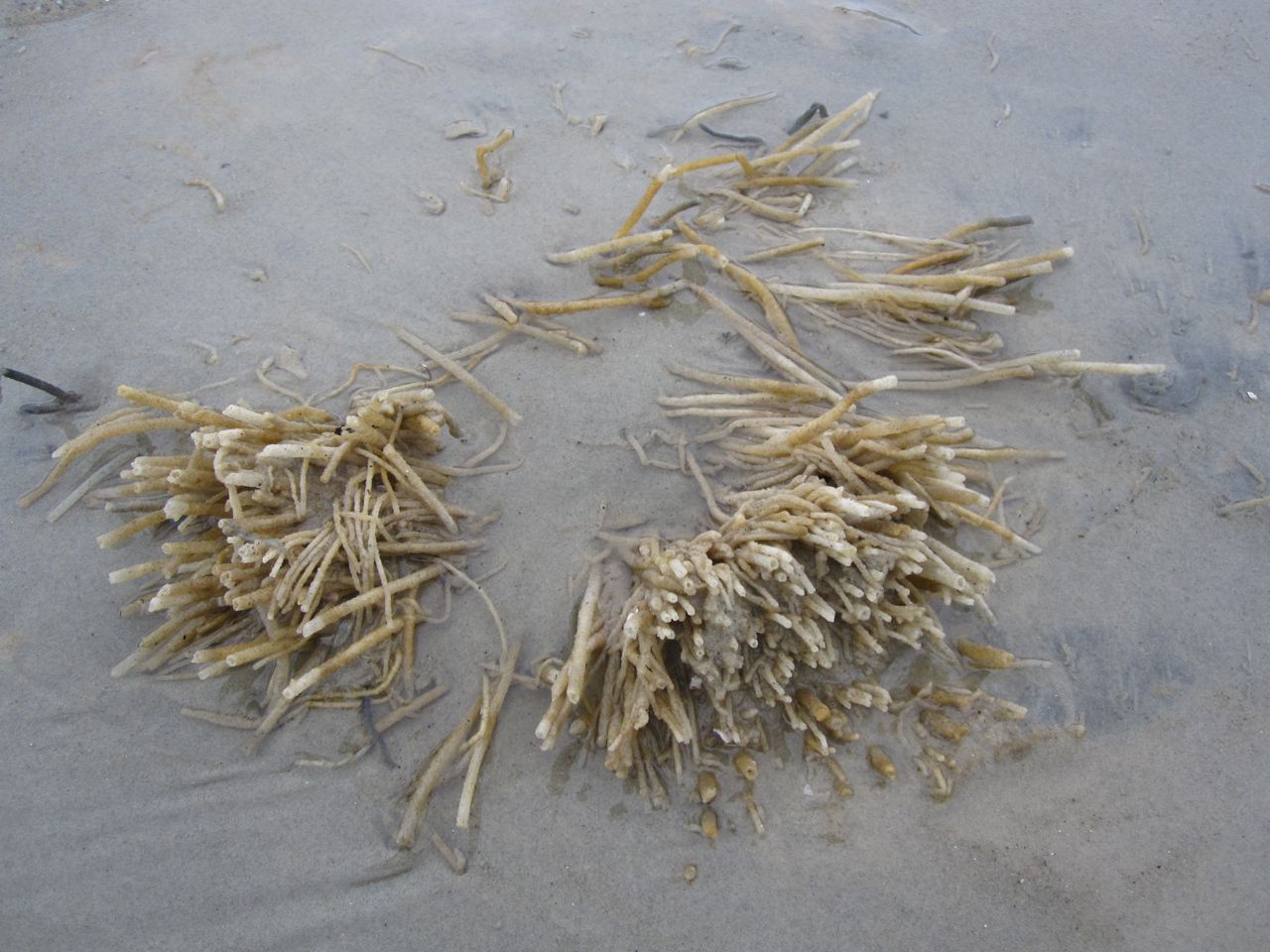Falkland Islands 2013: February 4th update
, 5 Chwefror 2013
04.02.13
I ended up sampling two different shores at Hill Cove, one below the main settlement and the other at the far east end of Byron Sound by the West Lagoons area (Photo 1). Each was slightly different although fairly low in diversity with clean fine sand. In between those I also went to Shallow Bay (Photo 2) which was further east and north and very rocky. Here I found some interesting worms that I don’t think I had seen elsewhere under the rocks and in crevices. As the tides have been getting later the morning tides have been gradually creeping towards more viable times themselves. The second shore in Hill Cove was actually visited very early in the morning although I must admit my dedication to getting up before breakfast nearly waned when I heard rain lashing against the window. Luckily that passed and I did make it out.
Saturday morning dawned bright and still and the tide was slightly more sociable at 9am and, being a 5 minute walk down the hill, did not require too early a start. This was Port Howard where we were due to get the ferry back to the east in the afternoon, so a last easy site was a good way to finish. By mid-morning the wind had picked up and by lunchtime I had a feeling the ferry ride might be a little ‘lumpy’ but so long as we got back across the sound I didn’t care. Commerson’s Dolphins saw us off, playing in the waves alongside the ferry, a nice farewell (Photo 3). The trip was indeed lumpy but less than 2 hours later we were back in New Haven and after another 2 hours were in a very wet and blowy Stanley. Photo 4 shows the locations of the sampling sites.
The tour around West Falkland has been very successful with a range of different sites visited from all a around the coastline and I have collected some very good samples. Highlights that stand out were the large lugworms at Port Stephens (Photo 5) and the densely packed onuphidae colonies that occur in patches on many of the sandy shores (Photo 6). I have also seen many animals that I am sure I did not collect on the previous trip so that bodes well for the final species list.
Back at the office I set to finishing packing the precious samples. I had been regularly keeping up with changing the fluids in the pots while I was travelling and even sealing them up and putting them into small bags ready so as to make the packing process quicker. In no time at all I had 6 boxes packed and taped up. This was more than I had been expecting to have considering I have already sent 3 boxes back and I didn’t think the lady in the post office would be very happy to see me! Certainly I don’t think I gave her a good start to a Monday morning.
With my flight early tomorrow morning I only have today left here to wrap everything up. I’ve visited 23 different sites around both East and West Falkland over the last four weeks and after this second trip my map of sites looks much more comprehensive with points all around the coastline. Hopefully the eventual species list, together with a voucher collection that will be returned to the islands, that will come out of the project will enable future researchers out here to make better and more accurate identifications of this important group.
I have a radio interview this afternoon with the local station to talk about the research I am doing so that will be a good opportunity to explain to more people the purpose behind the visit.
So it just remains for me thank all of the islanders out here for their help, support and cups of tea during the trip (particularly those that helped and supported my car and supplied brake fluid).
The project also could not have continued without the support and assistance of the Shackleton Scholarship Fund and the Amgueddfa Cymru - National Museum Wales
Thank you all!
Teresa





